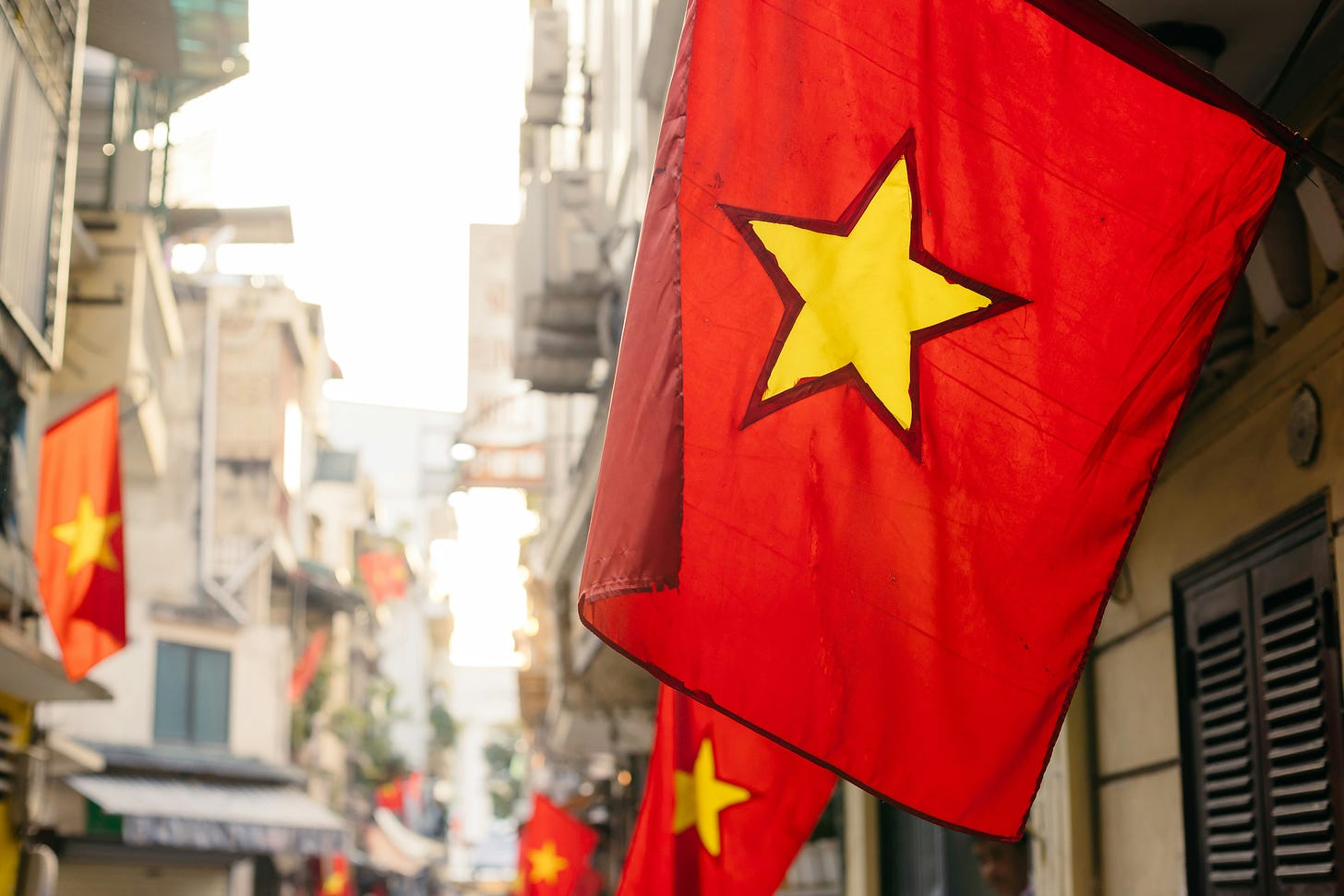Good morning! Welcome to the latest edition of the Vietnam Weekly exclusively for paying subscribers, written by Ho Chi Minh City-based reporter Mike Tatarski. The newsletter is entirely supported by readers like you.
Readers of the free version will see a preview of today’s article. To access it and all weekly subscriber-only features, upgrade your subscription below. Group subscriptions are also available at a 30% discount per person.
Today’s newsletter continues an intermittent series about reports that are either entirely about Vietnam or about a broader topic that includes Vietnam. Previous entries include looks at the 2023 PAPI, EuroCham’s Q2 Business Confidence Index, the ISEAS-Yusof Ishak Institute’s sixth ‘State of Southeast Asia,’ and Dezan Shira & Associates’ first Emerging Asia Manufacturing Index.

On to the news.
Every year since 2018 the Lowy Institute has compiled the Asia Power Index, which ranks 27 countries and territories on a scale of 100 “in terms of their capacity to shape their external environment.”
It covers a vast geographic scope from Pakistan in the west to Russia in the north and Australia, New Zealand, and the United States on the edges of the Pacific Ocean. The just-released 2024 edition includes Timor-Leste for the first time.
According to the index’s website, it “evaluates international power in Asia through 131 indicators across eight thematic measures: military capability and defence networks, economic capability and relationships, diplomatic and cultural influence, as well as resilience and future resources.”
From a Southeast Asian perspective, Vietnam is among this region's more powerful countries - but how does it stack up on some of these measures when you add two superpowers and several very strong middle powers to the equation?

